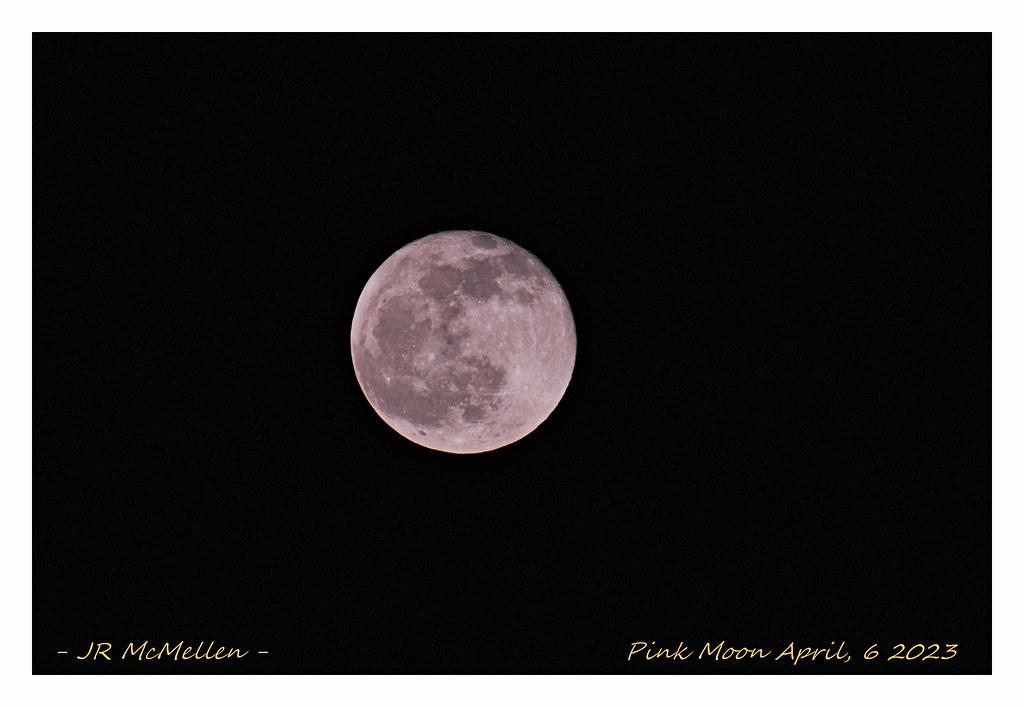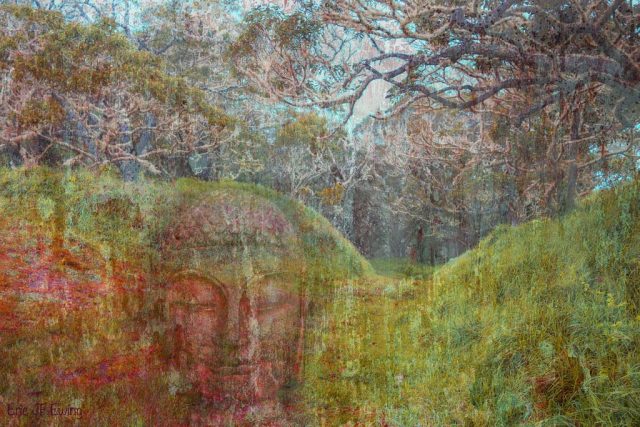In today’s fast-paced world, where stress and anxiety often seem like constant companions, finding moments of mental calm can feel like a distant dream. However, guided meditation offers a powerful pathway to instant tranquility, helping you navigate the chaos with grace and composure. This article aims to provide you with practical tips for harnessing the transformative power of guided meditation, allowing you to cultivate a sense of peace and clarity in your everyday life. Whether you’re a seasoned practitioner or a curious beginner, these insights are designed to support you on your journey towards mental calm, offering you a refuge from the noise and a chance to reconnect with your inner serenity.
Creating Your Tranquil Space for Meditation
Crafting a serene environment for meditation is essential to foster a deeper connection with your inner self. Begin by choosing a space that feels personal and comforting, whether it’s a corner of your room or a secluded spot in your garden. Clear the area of clutter, allowing your mind to focus without distraction.
Consider the sensory elements that can enhance your meditation experience. Lighting is key; opt for soft, natural light or use candles to create a soothing ambiance. Incorporate elements such as aromatherapy by using essential oils like lavender or sandalwood, known for their calming properties. Sound also plays a crucial role; gentle nature sounds or soft instrumental music can help drown out background noise and promote relaxation.
- Comfortable seating: Use cushions or a meditation bench to maintain a comfortable posture.
- Personal touches: Add items that inspire peace, like a small plant or a meaningful object.
- Temperature: Ensure the space is neither too hot nor too cold to avoid distraction.
| Element | Purpose |
|---|---|
| Lighting | Creates a calming atmosphere |
| Aromatherapy | Enhances relaxation |
| Sound | Blocks out distractions |
Remember, this space is your sanctuary. Personalize it to reflect your journey, and let it evolve as you do. By consciously designing your meditation space, you are setting the stage for tranquility and introspection, paving the way for a more centered and peaceful mind.

Mastering Breathing Techniques for Immediate Relaxation
In moments of stress, the power of the breath is often underestimated. Mastering specific techniques can guide you toward immediate mental calm. Let’s explore a few effective methods:
- 4-7-8 Breathing: This method involves inhaling quietly through the nose for a count of four, holding the breath for a count of seven, and exhaling completely through the mouth for a count of eight. Repeat this cycle four times for instant relaxation.
- Box Breathing: Also known as square breathing, this technique is a favorite among athletes and the military. Inhale for four counts, hold for four, exhale for four, and pause for four before starting again. This rhythmic pattern helps to center your thoughts.
- Nadi Shodhana (Alternate Nostril Breathing): Often used in yoga practices, this technique involves breathing in through one nostril while blocking the other, then switching. It’s excellent for balancing the mind and easing anxiety.
For those who thrive on structure, the following table offers a quick comparison of these techniques to help you decide which might be most effective for your needs:
| Technique | Benefits | Duration |
|---|---|---|
| 4-7-8 Breathing | Reduces anxiety, helps with sleep | 1-2 minutes |
| Box Breathing | Improves focus, reduces stress | 3-5 minutes |
| Nadi Shodhana | Balances mind, calms nerves | 5-7 minutes |
By integrating these practices into your daily routine, you can cultivate a sanctuary of calm amidst the chaos. Remember, your breath is a powerful ally.

Harnessing Visualization for Enhanced Mental Clarity
Visualization is a powerful tool that can help clear the mental fog and bring about a state of tranquility. By using guided imagery, you can tap into the mind’s natural ability to create calming and peaceful scenarios. Here are some techniques to get started:
- Imagine a Safe Space: Picture a place where you feel completely at ease, whether it’s a serene beach, a lush forest, or a cozy room. Focus on the sensory details like the sound of waves, the scent of pine, or the warmth of a fireplace.
- Color Breathing: As you inhale, imagine a soothing color filling your body, and as you exhale, visualize a darker color leaving your body, taking stress with it.
- Guided Journeys: Follow a mental path, like walking through a garden or along a river, allowing your mind to explore without pressure or expectation.
| Technique | Benefits |
|---|---|
| Safe Space | Promotes a sense of security and calm |
| Color Breathing | Helps in releasing tension |
| Guided Journeys | Encourages mental exploration and relaxation |
Practicing these techniques regularly can lead to improved focus and mental clarity. Remember, the key is to be patient and gentle with yourself as you explore these visualizations, allowing them to unfold naturally.

Integrating Mindful Listening to Deepen Your Practice
Mindful listening is a transformative skill that can enhance your meditation practice by grounding you in the present moment. To incorporate this technique, start by focusing on the sounds around you. It could be the rustling of leaves, distant traffic, or even the rhythm of your own breath. By honing in on these auditory cues, you create a space for tranquility and self-awareness.
- Choose Your Soundscape: Select a quiet environment or play gentle background music to set the tone for your session.
- Practice Active Listening: As you meditate, notice the layers of sound. Identify the closest sound, then move to the furthest, allowing each to come and go without judgment.
- Embrace Silence: Silence is a powerful sound in itself. Allow moments of silence to deepen your connection to the present.
For those who enjoy a structured approach, consider setting up a simple routine with a focus on different auditory elements each day:
| Day | Focus |
|---|---|
| Monday | Nature Sounds |
| Tuesday | Breath Awareness |
| Wednesday | Guided Voice |
| Thursday | Music Meditation |
| Friday | Silent Reflection |
By integrating mindful listening into your routine, you cultivate a deeper sense of calm and enhance your overall mindfulness practice, allowing each session to become a richer, more rewarding experience.








































